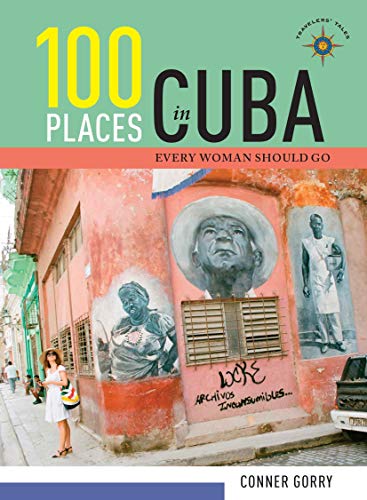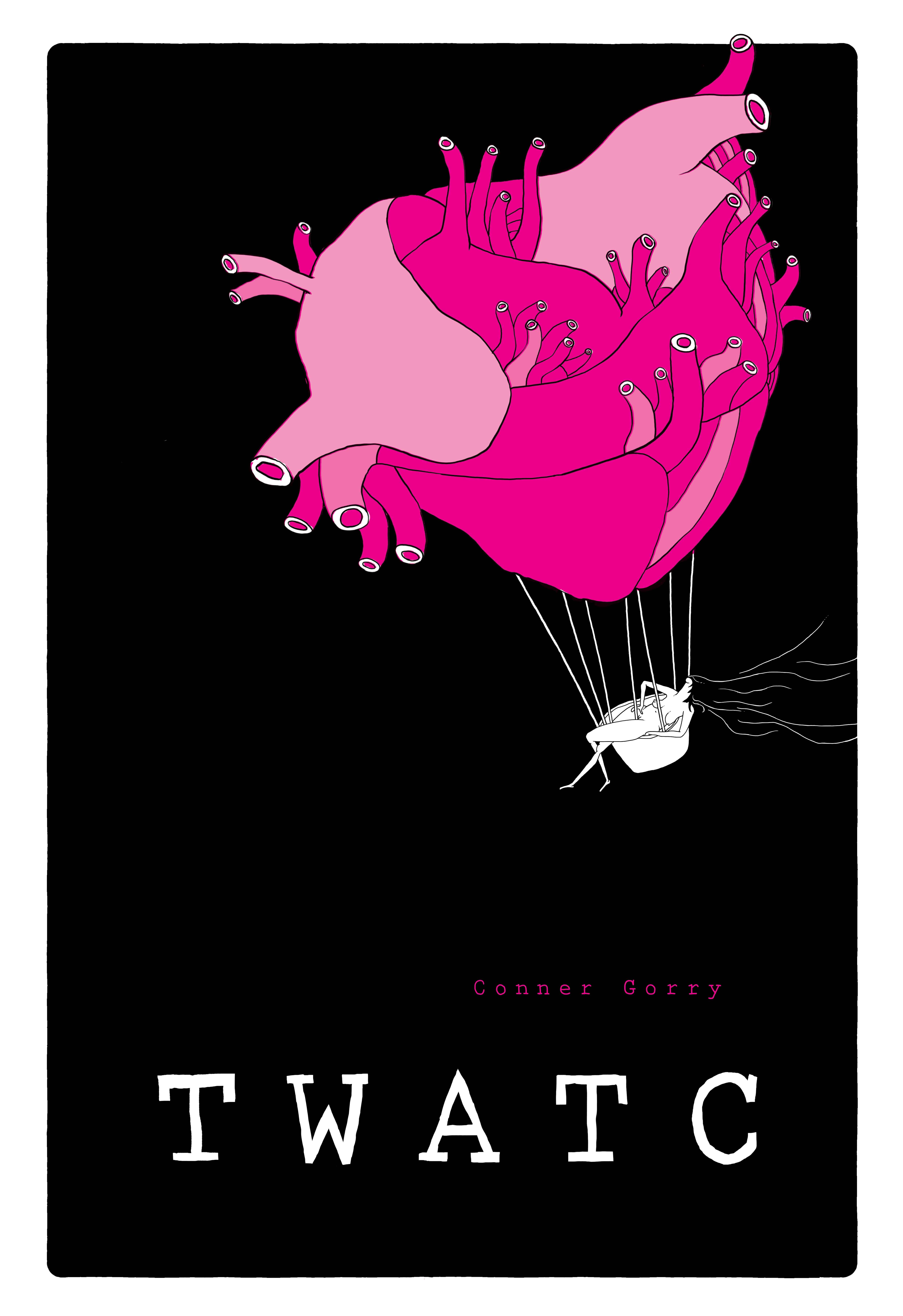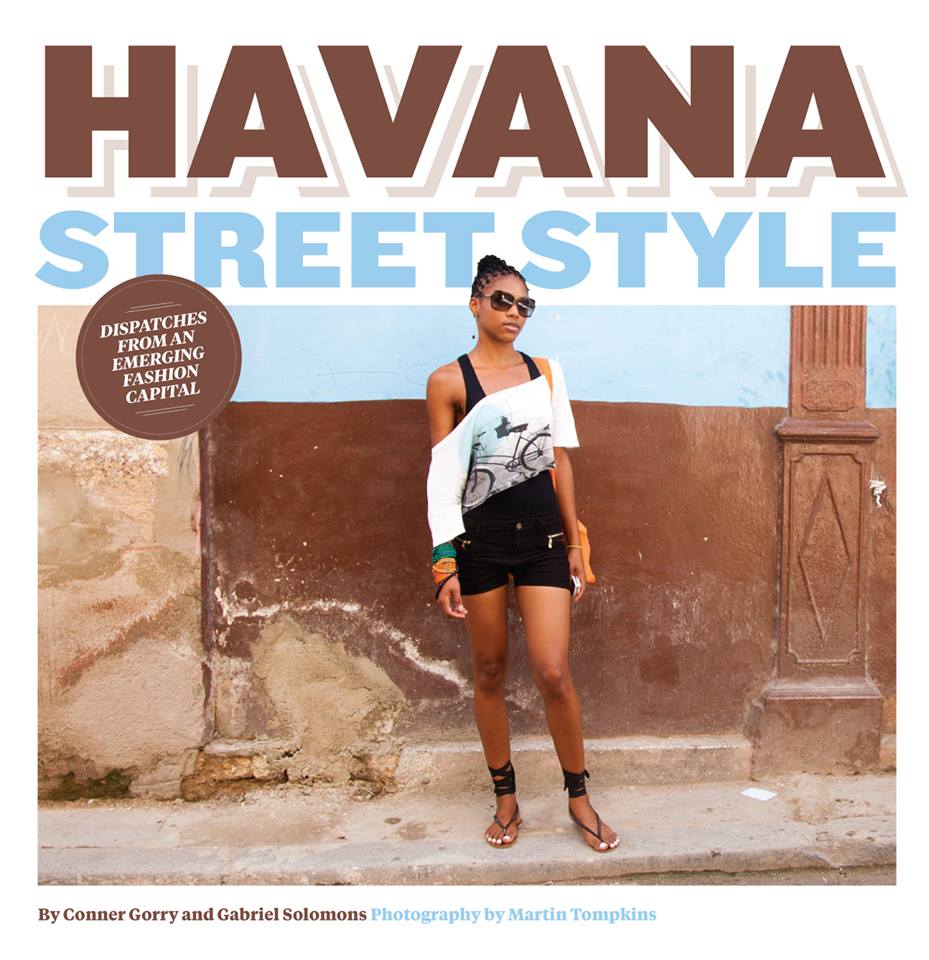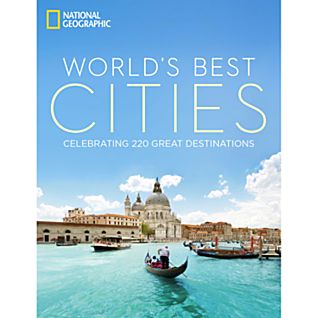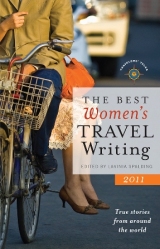There’s this magical, hard-to-reach place I’ve dreamt of seeing for years. Atop my ‘to visit’ list, I tacked Technicolor postcards of this glorious spot on my office wall and gazed upon its grandeur whenever writer’s block or boredom hit. Admittedly, a visit there takes considerable preparation and determination, not to mention luck – when the weather turns for the worse, my dream destination becomes inaccessible.
I’m talking about Waimanu Valley, the Big Island, Hawai’i.
Waimanu is so birthing-the-earth beautiful, so seductively tropical, tears have sprung to my eyes simply gazing upon that aforementioned postcard. This mana-packed valley (see note 1) is also sacred to native Hawaiians and is occasionally still visited by ghosts of gods in the night. Truly a godly place (no matter what that means to you), Waimanu’s towering falls and steeply sculpted walls beckoned me.
There are certain places on the planet that are rightfully hard(er) to reach. This is their protection, helping maintain their natural and cultural integrity to an extent. The Galapagos for instance, or Bhutan. Cuba, too, is in this harder-to-reach category (for Americans at least) keeping that island from the north’s greedy grasp – somewhat anyway, for now anyhow.
There are only three ways to reach Waimanu Valley: by foot, kayak, or on a helicopter tour.
The last was never an option since helicopter tours run at least $200 on the Big Island, and so are way beyond my means (see note 2). More importantly, watching these grand waterfalls (or flowing lava for that matter) from behind glass seems too much like porn and masturbation to me. I wanted to taste, touch, and smell the valley. I wanted to earn the climax.
Kayaking into this part of the Big Island’s windward coast, meanwhile, is a complex proposition. The changeable weather, combined with the fierce, surgey ocean with its rips and undertow, advises against paddling in. Conditions need to be just right and although I’d sea kayaked 18 miles of the inimitable Na Pali coast on Kauai, local kayakers told me this wasn’t really practical for Waimanu Valley.
That left the hike. It’s not long – just under eight miles one way – but compensates with difficulty what it lacks in length (see note 3). And with no foreplay: the first mile is 1200 feet straight up. It’s a knee shaking, thigh quaking ascent from legendary Waipi’o Valley and not even the azure sea pounding the black sand beach below makes ‘The Z’ trail enjoyable. My hiking buddy rated The Z (so named for the precipitous switchbacks that carve that letter into the valley’s emerald cliffs) a B, for Brutal. Once you crest the switchbacks, sweaty and panting, there are a dozen gulches to maneuver through, making for a foot-propelled roller coaster ride.
It was hard. It was hot. At times it felt interminable. But the final descent into Waimanu Valley: therein lies the rub. It’s just .9 miles, but it’s an ‘okele kicker (see note 4). Slippery even when not wet, and as narrow as Sarah Palin’s mind, this is a seriously steep and treacherous stretch of trail. With a tent, sleeping bag, and four days of provisions strapped on my back, I had my work cut out for me. One slip and I’d go tumbling 1200 feet into verdant valley.
—–
We managed the descent and I wasn’t surprised the valley was more glorious than the postcard tacked up in my office back in Havana. The black sand beach fed by a freshwater stream teeming with fish and prawns; the deeply-carved, rice paddy green of the valley walls; and the forest full of wild guava and coffee, breadfruit and feral pigs – it was beautiful. But most captivating of all was Wai’ilikahi Falls – a 1100-foot high set of double falls tumbling over the valley cliffs into an idyllic pool frequented by few.
Following a day of rest and play, I set out to tackle the (officially closed, but fairly clearly marked) trail to the falls. I considered turning back after crossing paths with a feral sow and her piglet. I’d been treed once by a pack of peccaries in the Costa Rican jungle; I know not to mess with wild swine. I almost turned back a second time too – where an ugly invasive choked off the ‘trail,’ obscuring my way for a while.
But I kept on. After an hour or so, the trail began meandering along a rock-strewn stream. I could hear the waterfall clearly now and feel it’s windy swoosh. The trail dipped suddenly and I was dumped at the base of Wai’ilikahi Falls, a pool the size of a helipad at its base.
I threw my arms heavenward, praising its beauty and feeling like a goddess – so blessed was I to be there, living my dream. I was struck dumb by its natural beauty. I swiped a tear dropping from the corner of my eye when I heard a rustling from the trail. It wasn’t a feral pig as I’d imagined, but a young couple, tattooed and tie-dyed, emerging from the wood. I had only been in my dreamscape for five minutes. I was surprised I hadn’t heard them on the trail, that’s how closely on my heels they followed. More surprisingly still, I wasn’t disappointed to have my solitude broken, to have to share this special place with strangers.
We chatted, basking in the falls’ beauty. We voiced our appreciation for this sacred place, so remote and hard-earned. As the young woman washed their clothes in the pool (see note 5), I ‘talked story’ (that most Hawaiian of pastimes) with her husband: Where are you from? First time on the Big Island? Where have you been? The usual travel patter. They were young and adventurous and had been whirling the world for over two years. I took a quick shine to them – especially the guy.
After a brief silence, the falls’ chill misting us softly, I stuck out my hand.
“It’s nice to meet you way out here in this beautiful place. What’s your name?”
He took my hand and smiled. “Connor.”
I was stunned silent, literally struck dumb for the second time in ten minutes. Here I was, in the middle of nowhere and the center of everywhere, at the heart of my Hawaiian dream and who should emerge from the wood without warning but my tcayo (see note 6).
Very funny place, this big island.
Notes
1 In Hawai’i, mana is the island’s life force, the spiritual mojo that pulsates within the volcano, the sea, and deep in waterfall-cleaved valleys like Waimanu. If you’ve been here, you’ve likely felt it, that’s how palpable it is.
2. Even though I’m on the Big Island updating a Lonely Planet guidebook, the payment structure, combined with the company’s policy that we can’t take anything for free in exchange for positive coverage, puts most of these activities beyond my reach.
3. There are four emergency helipads strung along this hike to give you an idea of the difficulty.
4. This, my third time on the Big Island, I’m making a conscious effort to learn more Hawaiian; ‘okele (if you’d hadn’t already guessed) means butt.
5. Note to the valley gods and goddesses: forgive her, she knows not what she did.
6. Like descampar (to stop raining) and buen provecho (have a good meal), tocayo is one of those Spanish expressions with no real equivalent in English. It means to share the same name. Except for my goddaughter Conner, who (although a spectacular and special kid) doesn’t really count since she was named with me in mind, I’ve never had the opportunity to hang out with my tocayo. And certainly not in such a spectacular spot as Wai’ilikahi Falls.

